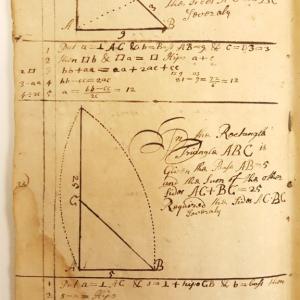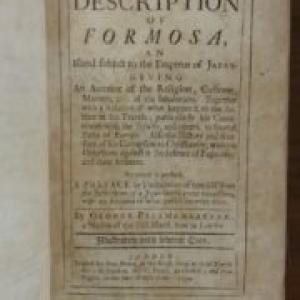
Believable Lies
Posted
The island of Taiwan, once commonly known in the West by the Portuguese name of Formosa, has recently resurfaced in the news in connection with the One China policy. In the past it was also a subject of interest, although information coming from Taiwan itself was often scarce.
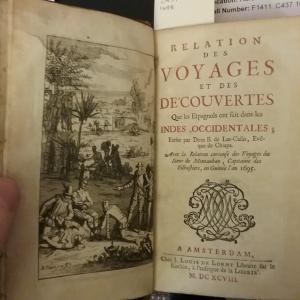
Propaganda and the Beginnings and End of Spanish America
Posted
The arrival of Europeans in the Americas was an event of global importance, and its effect on the people already living here was devastating. That is why in 1552 the Dominican friar Bartolomé de las Casas wrote a book that he called Brevísima relación de la destrucción de las Indias, or A Short Account of the Destruction of the Indies.
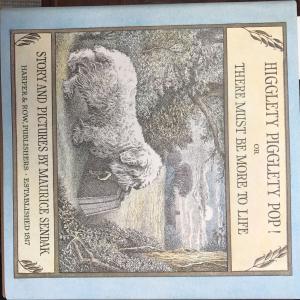
Jennie's Search for "More to Life" in Maurice Sendak's "Higglety Pigglety Pop!"
Posted
Most of us, if we recognize the name Maurice Sendak, probably think of him as the man who wrote and illustrated the beloved children's book "Where the Wild Things Are," published in 1963. Yet what some may not know is that Sendak wrote (and illustrated) much more than that one popular book.
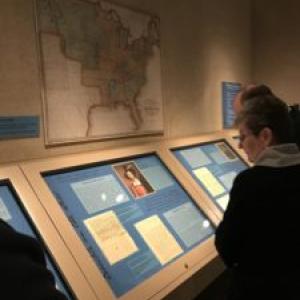
SCRC's Exhibition Now Open at the Muscarelle Museum of Art
Posted
In December 2016, David B. Wolf, a New York attorney and collector interested in John Marshall and his biography of George Washington, donated three letters that join an existing collection of John Marshall Papers.
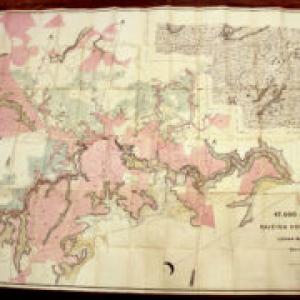
The Research Behind a Catalog Record: Map of Coal Lands in Raleigh County, West Virginia
Posted
An interesting old map, recently cataloged and made accessible in the Earl Gregg Swem Library Rare Books Collection at SCRC, bears witness to the transformation of West Virginia from a region of "breathtaking scenery and lavish virgin forests" to a land where "mountain farming culture was defeated by the ever widening grasp of speculators and absentees" (Barbara Rasmussen).
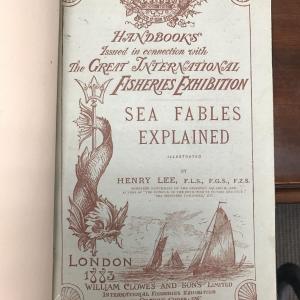
"Sea Fables Explained"
Posted
Imagine, if you will, a creature with a lower body made of the skin and scales of a carp, a human-like upper body with prominent ribs, "thin and scraggy" arms, "skeleton-like" fingers, the head of a small monkey, and the teeth of a catfish. Sound familiar?

Building a Library in the Seventeenth (and the Twenty-first) Century
Posted
Many of the books in Swem Library's Special Collections have been gifted by individual donors who have themselves built up their own private collections. This practice of endowing educational institutions with the tools of study has long antecedents, but in the seventeenth century a librarian actually laid out a plan for building a library and advocated wider access for scholars.
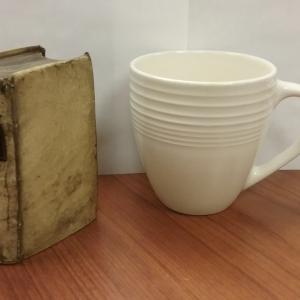
Is Smaller Better? (When talking about textbooks)
Posted
The University of Leiden in the Netherlands, founded in 1575, is the country's oldest; it is also now one of the study abroad opportunities offered to William & Mary students. In the first three quarters of a century annual enrollments showed a four-fold rise, with the result being that the Elsevier family in Leiden, who already operated a printing press, decided to get into the early modern equivalent of the text-book industry.
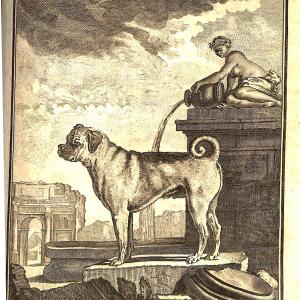
"A Christmas present of real and enduring value" : Ferdinand Seidel's Natural History with 179 Copperplate Engravings.
Posted
"Buy 5 Get 1 Free" - that is how the publisher advertised the 1805 edition of Ferdinand Seidel's Naturhistorisches Kupferwerk : mit erklarendem Texte nach Buffon, acquired this fall by Special Collections.

"'Twas the Night Before Christmas"
Posted
Everyone knows these famous lines even if the rest of the poems escapes them. "A Visit from St. Nicholas," more popularly known as The Night before Christmas, was written in 1823 by Clement C. Moore (1779-1863) and is a staple in many families' holiday traditions. But what accounts for the poem's enduring popularity?
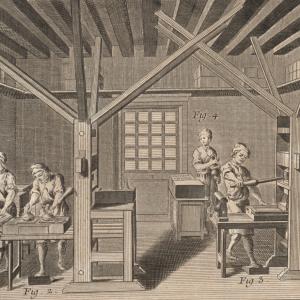
Lasting Impressions: Printing from the Fifteenth Century to Today
Posted
In the basement of Swem Library is a room used mostly for storage. Along two walls are machines and wooden cases full of drawers. The machines are printing presses and the cases are filled with type – individual letters cast in metal, designed to be set by hand and printed on the machines.
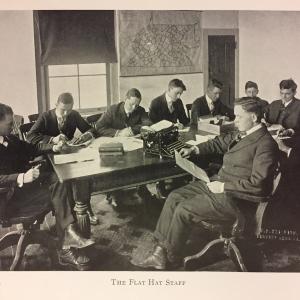
100 Years of Student History
Posted
If you're a senior at the College, you may know the Colonial Echo through their emails reminding you to get your portrait taken.
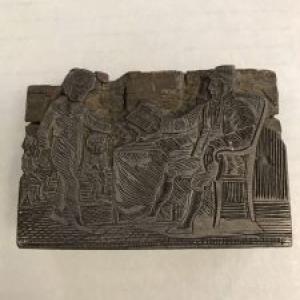
Art in the SCRC Collections
Posted
SCRC has an active instruction schedule during the academic year, as professors from all departments bring their students in to see the amazing materials housed in Special Collections. However, many may be surprised to learn that SCRC houses objects, texts, and ephemera related to virtually every discipline.This week included a reminder of how rich a collection we have related to the arts.
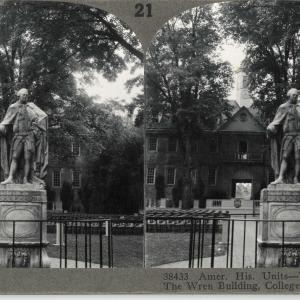
Ramsey Stereograph Collection Grants the Illusion of a 3-Dimensional Trip through Time
Posted
This year Kelvin W. Ramsey (Class of 1979), recently donated an additional 159 items to his collection of stereographs and magic lantern slides housed at the Special Collections Research Center.
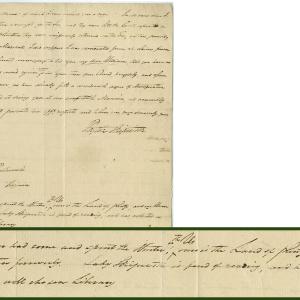
The Library of Lady Jean Skipwith: "a small, but well-chosen library"
Posted
The recent acquisition of seven letters written by Sir Peyton Skipwith and one by Sir Gray Skipwith reveal what Sir Peyton thought of his wife Lady Jean's library. The library is featured in an exhibit, Exceptional in Any Age, at Swem Library that will run through October 2016.
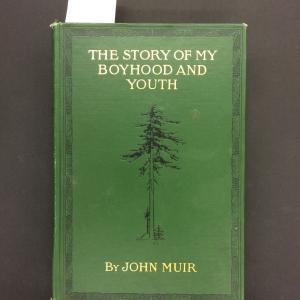
Story of Boyhood Reveals Well-Known Nature Advocate's Skill in Inventing
Posted
Tucked among countless other books in the Special Collections stacks of rare books lies a rather unassuming looking text. It is green, with a lone tree pictured in the center of the cover and a grapevine frame going around, with the title, The Story of My Boyhood and Youth, spelled out in gold lettering.
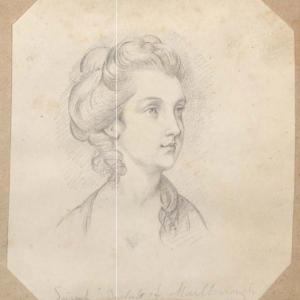
A Sculptor's Sketches
Posted
While his family was busy with operating the Eastern State Hospital in Williamsburg, Norfolk-born Alexander Galt, Jr. (1827-1863) possessed artistic aspirations.
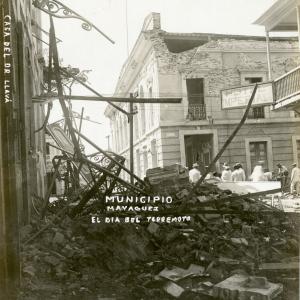
Remembering the 1918 Earthquake and Tsunami in Puerto Rico
Posted
On October 11, 1918, an 7.5 magnitude earthquake shook the homes of residents in Mayaguez, Puerto Rico. Within minutes, the town was inundated by a large Tsunami. Destruction of buildings and homes in Mayaguez and surrounding towns was widespread.
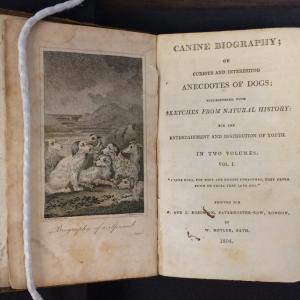
The £105.00 Mystery: Horatia Nelson's Book
Posted
If you like old books, look carefully at any inscription you find within – you may have a valuable treasure as well as an unexpected mystery to solve.


